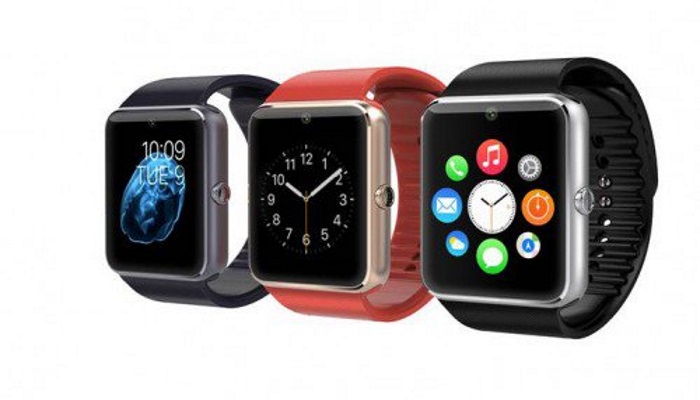What Is The Difference Between Android TV And Google TV?
If you are in the business of creating video entertainment TV apps on Android-based devices, you will most likely have the same doubts as a typical user who plans to get a new TV set. While a typical end user is seeking a device that will be the best companion for their free-time entertainment, the application creator will try to find the best approach that will excel in application availability and be “the next big thing” in the industry.
After The Initial Decision Was Made, Let’s Take A Look At Platform Differences
In both cases, the most common statement that will arise will be: “OK, I want to go with an Android-based device…. But should I go with the Android TV or Google TV? What is the main difference between these two terms?”
Historically, behind these two terms, there are three different projects that were mainly powered by Google.
Short History Lesson About Google TV
Initially, at the beginning of the 2010s, Google launched its initial “Google TV” services – this was the first tryout of the TV operating system powered on Android enabling the smart TV experience, but still using the mobile framework concepts. Although there were a lot of expectations and accomplished cooperation, the concept idea that the TV is just a bigger and more specific mobile device was in the following years deprecated and finally retired.
The Rise Of Android TV
In 2014 Google officially released “Android TV” as a new attempt to build a TV experience. It soon turned out that Android TV was a definite success in building the TV experience and leveling up the TV experience to the next level.
The most simplified definition of Android TV is that it is a TV, set-top-box, or other video media player device that uses Android as an operating system. Technically, Android TV OS is adapted and modified specifically in a way to provide the best experience for the big screen devices, especially in relation to navigation, user experience, and Google connectivity.
What Exactly Made The Android TV As It Is Today?
The baseline is that the Android TV is built as an open-source platform – that means that code is publicly available, and manufacturers can take it and use it to power their devices but under Google supervision. This is the main difference in comparison to the Android Open-Source Project (AOSP) where manufacturers have full ownership over all the aspects of the OS, and do not need additional Google validation.
When devices are officially certified by Google, they can use Google proprietary components such as Google Play Services, Google TV Service, Setup Wizard, and Google Assistant. This allows end users to access the Google Play Store and download other applications and games or use the Google Assistant for smart searches.
The 2nd Comeback Of Google TV
In the early 2020s, Google re-invented the Google TV brand. Google TV is now used in the context of the new personalized Android TV interface fully powered by Google. This re-invention is completely unrelated to the previously discontinued product and the main goal is to put a unified umbrella of the Google TV interface and UX on the supported Android TV devices.
In contrast to the multiple different Android TV interfaces which do not have a Google TV interface and are more focused on the navigation between specific installed apps, the Google TV interface puts the focus on content recommendations and discoverability across various TV services and installed apps. As a part of this re-invention, Google has also merged the previous Google Play Movies & TV service, an online on-demand video service operated by Google, as an integral part of Google TV.
Main Differences Between Android TV And Google TV
To conclude, Google TV relies on the Android TV framework, but exclusively under Google supervision with a goal to create TV experience across all Google services.




